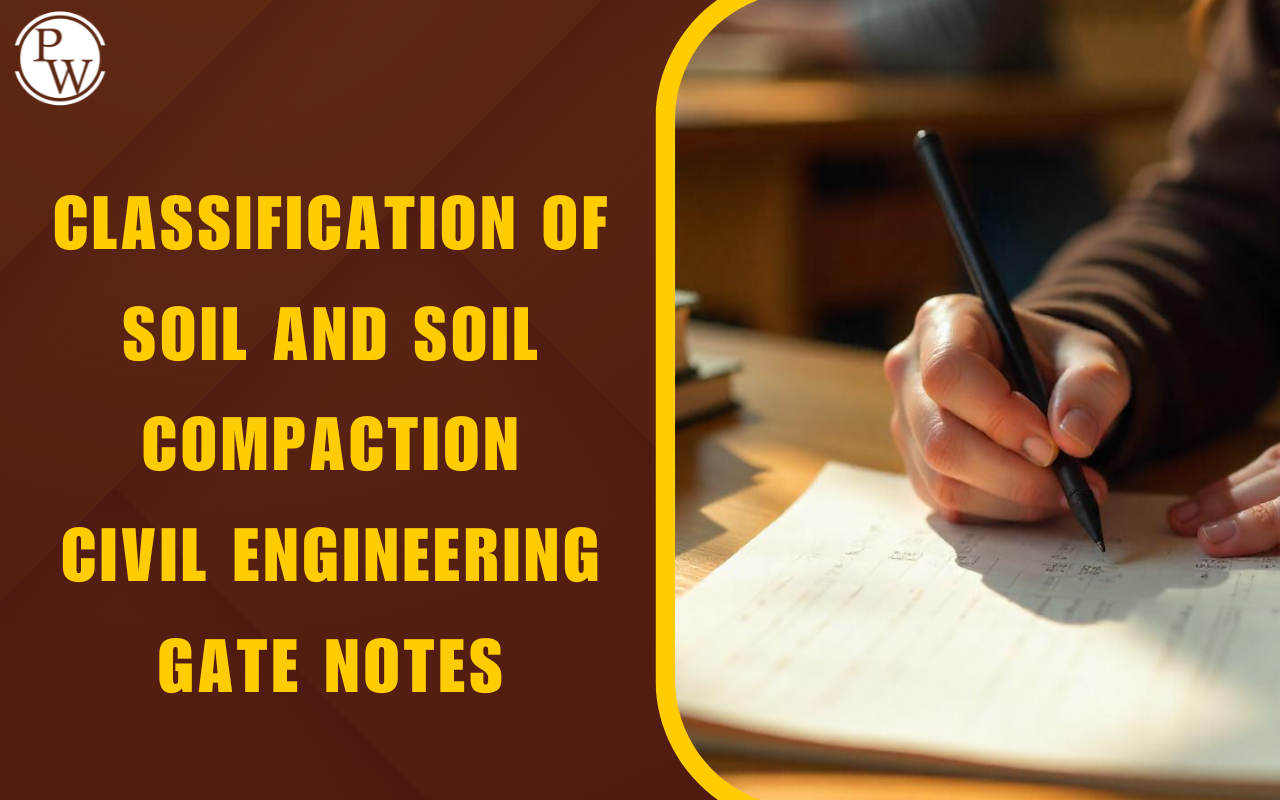
Stress and Strain: In physics, there are two important terms called Stress and Strain, which help us understand how objects change their shape when forces act on them. When we apply force to an object, it can change its shape, and we call this change "deformation." This deformation can happen when we squeeze, squash, twist, shear, rip, or pull the object apart using external forces.
Define Stress and Strain
Stress: Stress, in simple terms, is the force or pressure experienced by a material when external factors like applied forces, uneven heating, or permanent changes affect it. This stress helps us understand how the material will respond, whether it will bounce back elastically, deform permanently, or behave like a fluid. It's a fundamental concept in understanding how materials react to different conditions.
The stress formula is given below: σ = ± F / A Stress (σ) is calculated by dividing the force (F) applied to a material by the area (A) over which the force is distributed. The sign convention indicates that stress can have either a positive or negative value, depending on whether the force acts in tension (stretching) or compression (squeezing) on the material. Positive stress is associated with tension, while negative stress is associated with compression.Strain: Strain refers to the measure of deformation or change in shape that occurs in a material when it is subjected to stress. In simple terms, it's the amount of stretching, compressing, or twisting that a material undergoes in response to applied forces or loads.
Strain (ε) = (ΔL / L) Strain is calculated as the ratio of the change in size or shape of the material to its original size or shape. It is an important concept in materials science and engineering, helping us understand how materials respond to external forces and how they can be designed and used effectively in various applications.Types of Stress
There are several types of stress:- Tensile Stress: This type of stress occurs when a material is pulled or stretched along its length. It leads to the elongation of the material.
- Compressive Stress: Compressive stress happens when a material is squeezed or compressed, causing it to shorten in length.
- Shear Stress: Shear stress occurs when two forces act parallel to each other but in opposite directions, causing the material to deform by sliding along a plane.
- Torsional Stress: Torsional stress is a twisting force applied to a material, resulting in its deformation along a circular path.
- Hydrostatic Stress: This type of stress is uniform in all directions and is exerted on a material submerged in a fluid (liquid or gas) at rest.
- Thermal Stress: Thermal stress arises due to differences in temperature within a material, leading to expansion or contraction and causing internal stresses.
Types of Strain
When it comes to stressing a person's body, there are two main ways, depending on the amount of stress applied:- Tensile Strain: This happens when the body is stretched or pulled, leading to a change in its length or area.
- Compressive Strain: On the other hand, this occurs when the body is squeezed or compressed, causing a change in its length or area in the opposite direction.
Relation Between Stress and Strain
Hooke's Law is a fundamental principle that relates stress and strain in elastic materials when they undergo small deformations. According to this law, as long as the material stays within its elastic limit, the strain experienced by the material is directly proportional to the applied stress. However, it's important to note that Hooke's Law is applicable only for small deformations up to the point where the material's proportionality limit is reached. Beyond that limit, the material may exhibit non-linear behavior, and the relationship between stress and strain may no longer follow Hooke's Law.Hooke’s Law
Hooke's Law is a fundamental principle in physics and materials science that describes the relationship between stress and strain in elastic materials. It states that, within the elastic limit of a material (where deformation is small), the amount of strain experienced by the material is directly proportional to the amount of stress applied to it.Stress-Strain Curve
A stress-strain curve is a graphical representation that demonstrates how a material responds when a load or force is applied to it. It allows us to compare the relationship between stress (the force exerted on the material) and strain (the resulting deformation or change in shape). This curve is a valuable tool for understanding the behavior of materials under different conditions and is commonly used in engineering and materials science to analyze and design structures effectively.Stress-Strain Curve Explanation
The stress-strain diagram has different regions that show how a material behaves under different conditions:- Proportional Limit: This region follows Hooke's Law, where stress and strain are directly proportional. The graph point OA represents the proportional limit, and the ratio between stress and strain gives us Young's modulus.
- Elastic Limit: Up to this point on the graph, the material returns to its original shape once the load is removed. However, beyond this limit, the material doesn't fully recover, and plastic deformation begins.
- Yield Point: At the yield point, the material starts deforming plastically, meaning it experiences permanent changes in shape. There are two types of yield points: the upper yield point and the lower yield point.
- Ultimate Stress Point: This point on the graph represents the maximum stress the material can handle before it fails. If the stress exceeds this point, the material will fail.
- Fracture or Breaking Point: This is the point where the material fails completely and fractures or breaks apart.
Stress and Strain FAQs
What is the stress and strain definition and formula?
What is the strain in engineering?
What is stress and strain in physics?
What is stress vs strain vs pressure?
What is Hooke's Law?










